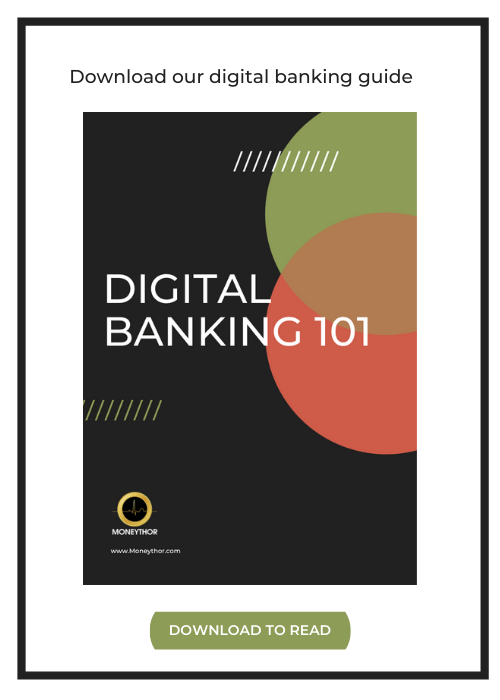Opinion piece from Moneythor CEO, Olivier Berthier
When done correctly, personalisation in digital banking can increase customer engagement, reduce support costs and drive real revenue. Technologies like AI and advanced data-analytics are making personalisation possible and financial institutions around the world are putting their best foot forward as they implement personalisation strategies.
While the benefits are obvious and the implementation possible, data-driven personalisation still comes with its challenges. It is a fine balancing act between embracing data analytics, behavioural science and respecting customer preferences, which can be difficult for techies at times.
In my experience, it is when you focus too much on the technology and forget about the customers and their behaviours, that you run into problems implementing effective personalisation strategies. Practitioners like us have sometimes learned the hard way that the customer must be at the centre of personalisation initiatives and financial institutions (and fintechs) must not get carried away with data analytics, fancy machine learning models and technology at the expense of a meaningful experience for the end user.
At Moneythor, we follow a simple checklist to make sure that data-driven personalisation delivered by our software is being implemented effectively. This checklist has become crucial to guarantee that our banking and fintech clients see strong results and more importantly that their customers enjoy a positive personalised experience.
Personalisation in Digital Banking Checklist
- Transparency
- Relevance
- Privacy
- Control
- Localisation
- Advisory
- Regulation
- Transparency
Consumers and businesses want a better digital banking experience and are generally happy for their data to be used to get it, but only if they have visibility over how this data is being used. Without context and background, personalised content can seem out of place even if technically true according to your underlying machine learning model. By being transparent with the data used to power notifications and alerts, financial institutions can not only build confidence and trust amongst their customers, but it will lead to higher engagement as customers will interact more with a notification when they understand why they are being shown it.
- Relevance
All customers are unique. Their spending and saving habits are different as are the ways they interact with financial institutions. Customers want to know that you understand their individual needs and wants and by showing them relevant content you can do just that.
When used intelligently, data allows banks and fintech firms to create unique contextual experiences which can grab and hold a user’s attention, generating engagement and loyalty towards a financial brand.
- Privacy
Customers expect curated experiences which are personalised and valuable, while at the same time they are increasingly skeptical about how their data is being used and cautious about giving it away. There is a fine line between knowing about your customers and being creepy or making them feel as though you are spying on them. Respecting privacy both in the eyes of regulators and the customer are key to making customers satisfied with how their data is being used while enhancing the user experience.
- Control
Customers should feel like at every point that they have the choice and control to decide how their experience is personalised. Engage in feedback with them and let them decide what content they enjoy seeing and what content they don’t. Establishing feedback loops gives customers control over their experience and helps financial institutions figure out which content works, and which content doesn’t.
- Localisation
Delivering the right message at the right time and right place is a must for personalisation strategies. Adapting the content shown to customers depending on their language, cultural affinity and location is key for nailing strong experiences, even those involving contextual marketing or promoting merchant offers.
- Advisory
The way content is framed, and the tone of voice being used will impact how effective the content is. The content which appears within banking channels is expected to add intrinsic value to the way customers manage their finances, such as advising them on whether or not to make a purchase. Using personalisation exclusively for cold marketing content won’t perform as well and will eventually lead to frustrated customers.
- Regulation
While this may seem obvious, when it comes to using data analytics, personalisation and nudging, it is important that any initiatives which are implemented are within the boundaries of any local regulatory framework, so be sure you are following the regulations set out in your relevant geographies. A particular item to pay attention to is what is deemed “financial advice” in the local jurisdiction.
So, that is our checklist for personalising customer experiences in digital banking. When data is used intelligently to provide relevant and personalised messages, the entire user experience with financial institutions can be transformed. Relationships between customers and their banks can go from purely transactional to relational, helping banks to stay relevant and increase digital engagement.
Blog post updated September 2020


